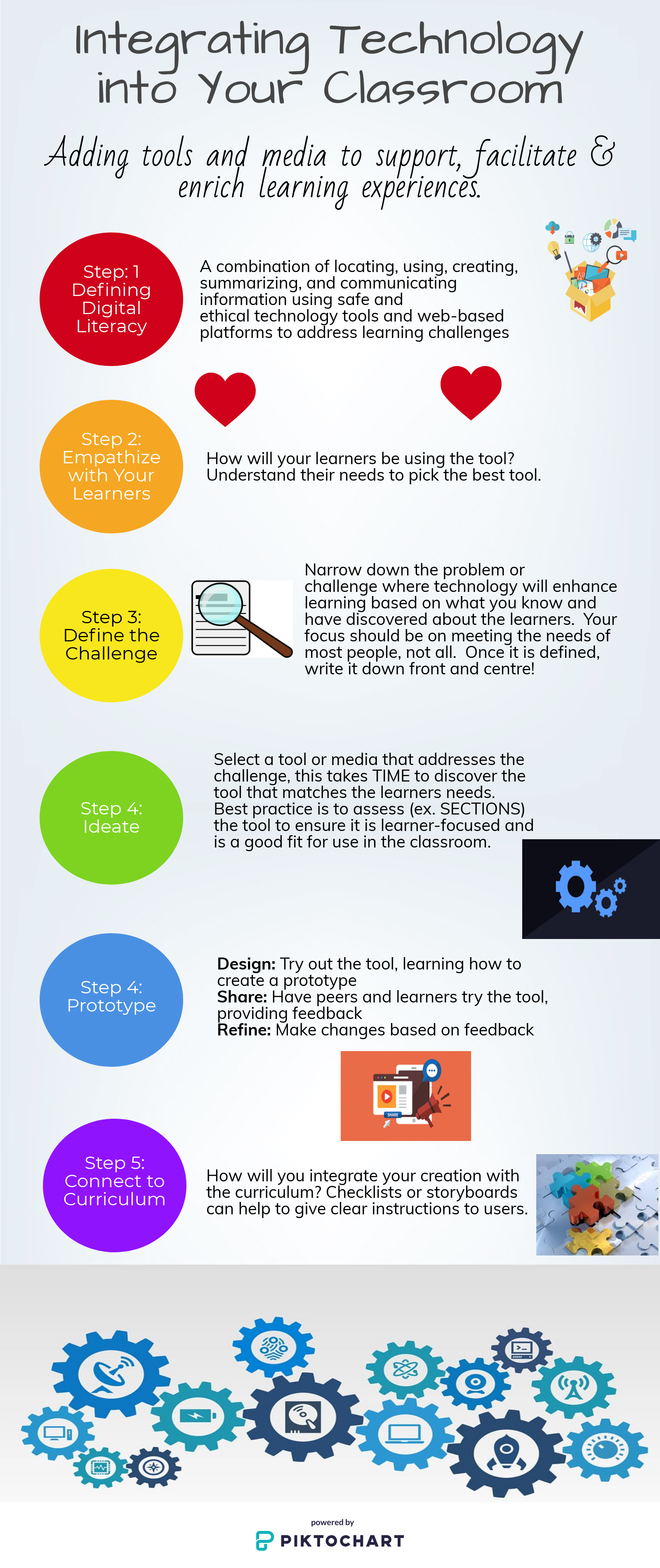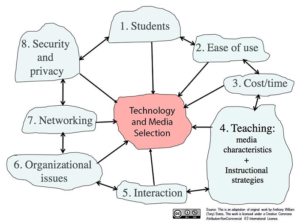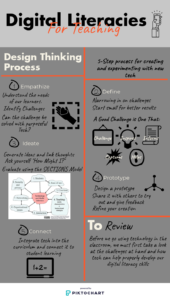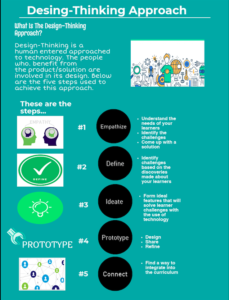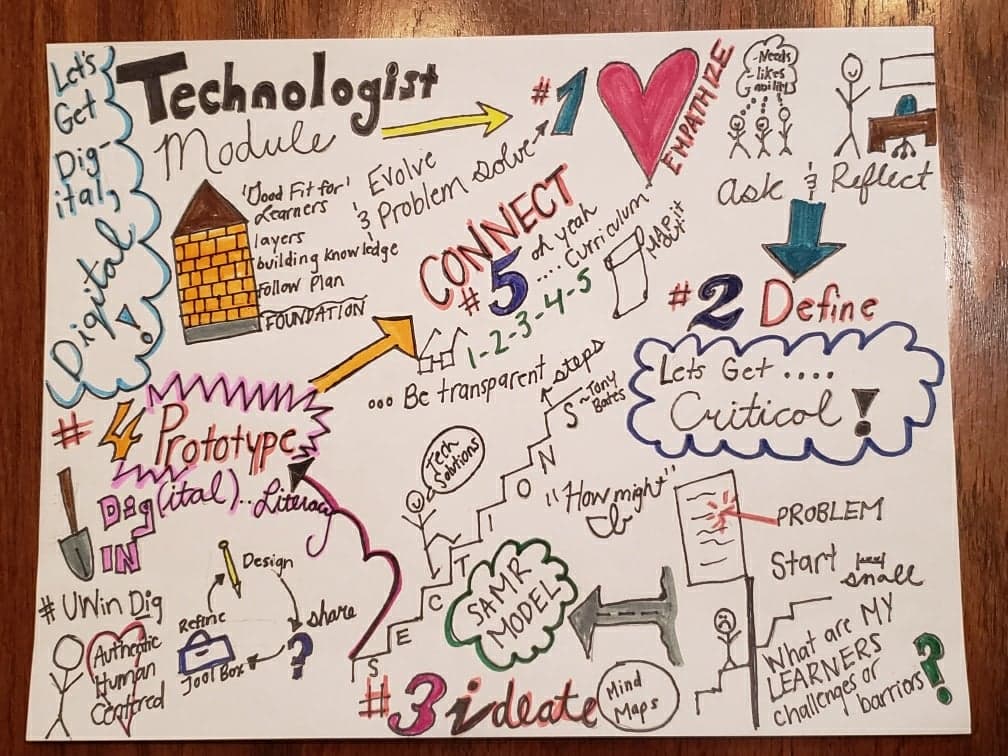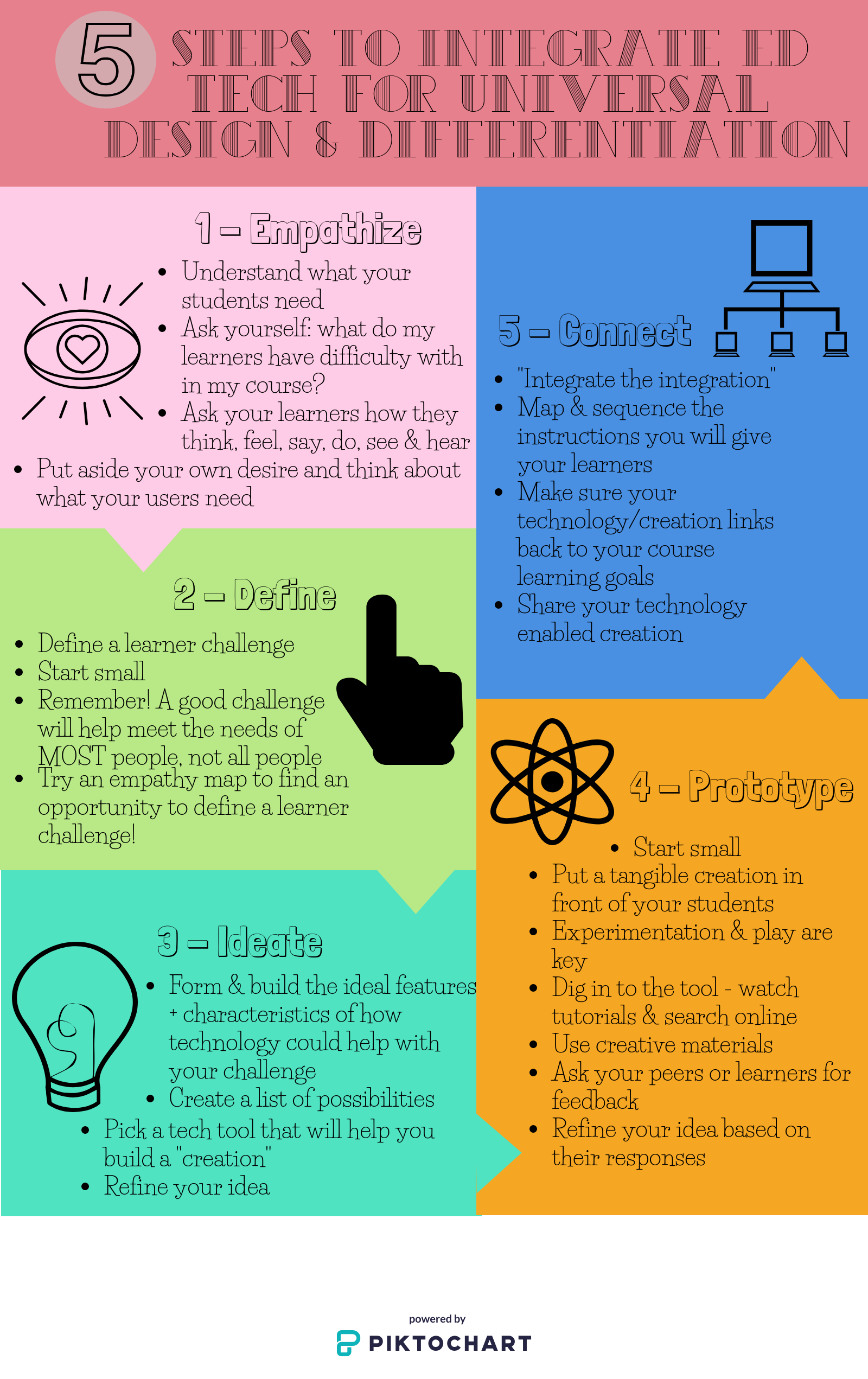Education is sharing of ideas, using technology modules, access to personal data and using several available resources for learning like the internet.
I found it very boring when I teach same course over and over again especially mathematics and Science at grade level without using a new approach or adding something new to create interest from my students. There is need to incorporate technology for the benefits of students using varieties of platforms that can make learning enjoyable, integrating technology in a way that will benefit the learners.
The Technologist modules which is available through the Ontario Extend is a good platform to introduce technology that will benefit learners digital pedagogy.
As a teacher,i see the effective use of the module coupled with extensive interaction with colleagues,using various on-line platforms to obtain information and creating personal data for inferences, as a far reaching approach .The completion of the technologist module extend which is available through Ontario extend , a great achievement completes the whole process.
The module helps to use and integrate technologies in a way that supports,facilitate and enriches learning experiences.
Whereas digital literature is complex, but with the use of technology tools very effectively to address specific challenges through ability to locate,use, summarize,evaluate,create and communicate information while using digital technology and web based platforms has revolutionized digital learning.
How do we get started?
Design thinking toolkit is our start up. It helps users in creating and experimenting to spark new ideas and then use feedback to improve those ideas.We shall be looking at this approach as demonstrated in the design thinking module below;
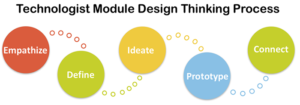
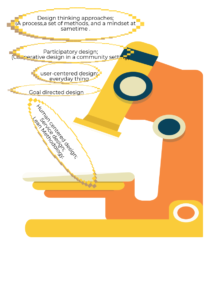
https://www.powtoon.com/my-powtoons/#/
The five design thinking module start with EMPATHY;The listeners,users or learners we ask questions,what do they want?The need to identify with would be users,learners,listeners and what they want.The need to empathize with would be users,identify a challenge that could be solved through purposeful use of technology in our curriculum.All these come through feedback or share such resources with our colleagues for solution.DEFINING the learner challenge is the second module; It identifies a problem,or a challenge observed from learner and suggested the following to make amends;a)provide focus and frame the challenge,b)We inspires others around us as an entity,c)lay out your process and ask for ideas,d) have ability to capture the heart of users,e)help in conjunction with others ability to deliver the right concept.
IDEATE the third module asks questions about how do i build an ideal feature and characteristics of how tech can address the learning challenge-mind mapping with guidelines being the surest approach.PROTOTYPE,another level module chosen technology helps design a chosen prototype that works on three legs;Design,Share,and Refine.The last module being CONNECT to the curriculum the exercise,and how it be used to integrate technology in the curriculum is the final stage and how it will integrate into curriculum? a big challenge.

